The assignment:
Anezka gets an Order of the Golden Rapier (OGR).
The challenge:
Do something that matches a Czech persona, but is also a bit rediculous
The Solution:
A two-part scroll!
The actual “scroll” is a small charter, patterned after 14th C Czech charters. Sample charters from John the Blind were found in the meta-library Archives Portal and the text was based on charters transcribed in Regesta diplomatica nec non epistolaria Bohemiae et Moraviae. It will have the minimal information (name, monarchs’ names, date and award) and the royal signature, and be in Latin. This makes no sense alone, so there will be a second piece, patterned after the Chronicle of the Czechs by Cosmas of Prague, that describes the event where Anezka was presented with the award, and she will get both objects.
The Texts
The Chronicle
Here begins the next chapter of the Chronicle of the East
Anno 56 - As the Ram departed the skies, Ryouko’jin Of-The Iron-Skies and Indrakshi Aani Aravinda were crowned king and queen of the East, soon after Mohammad triumphed on the field and he and Corotica were crowned Prince and Princess of Tir Mara.
Anno 58 - Under an ill-omened eclipse, Matthias and Æsa feilinn were crowned king and queen. A second eclipse of the sun followed their reign, darkening the skies at mid-day.
Anno 59 - Crowned at the end of the previous year, Emerson reigned as King Consort with sovereign Tindall II, well remembered for his well attired court. At the closing of the year Ryouko’jin and Indrakshi, second of those names, were crowned to great acclaim
Anno 60 - The law, as they commonly say, has a nose of wax and the king has an iron hand and a long arm, so that he can bend it however he pleases1. Thus the king proclaimed that his tournament was to be fought with thin blades of steel. There, with all the leading nobles of the empire—dukes, margraves, satraps, and barons—agreeing and praising it, that Caesar chose an heir, one to rule Tir Mara and then his own lands, after his fate2<.sup>.
There too, with the esteemed of the kingdom standing at his right and left, the nobles and comites sitting in a wide circle, and all the warriors standing behind them, Anezka Liska z Kolina was summoned to be present before them. In a loud voice the King began to praise her3, describing her skill with blade and how all were transfixed by the beauty of her lunges. When faced with a foe, just as a flame let loose in a dry haystack rages and consumes everything in a moment, so too she disarmed her adversaries with iron and threw them into despair. Oh Hell, he proclaimed, how many victims will be given you! Open your workshops to receive souls from this Czech4. Much more was said praising her study of the art of Fabris, a marvelous interpreter of the martial page. Finally both King and Queen were seen to write their signs, with their own hands, on the privilege given to her that day inducting her into the Order of the Golden Rapier5
The Charter
This is #364
Original
Latin Karolus imperator et rex nob[is] Henrico de Ciglheim (Czigelheim), magistro coquinae castrum Kamen (Steyn) confert iure feodali possidendum, quod de speciali suo indulto et licentia a Przibicone et fratribus dictis Thluksa titulo hereditario rite emit et legitime comparavit.
Datum Prage a.d. 1356, nona ind[ctione] IV nonas iunii, regn[um] nostr[um] a[nno] X, imperii vero secundo.
Per dominum magistrum curie Johannes de clacz. R. Hertwicus
English
Charles, our Emperor and King,confirms that Henry of Czigelheim, master of cookery, purchased the Castle of Steyn, which is to be possessed by feudal law, that due to his own specific license and indulgence by Přbík and the brothers Tluksa (heredityary title duly purchased and legitimately placed together)
Done in Prague ad 1356, 9th indiction, 4 days before the nones of june (june 2,) 10th year of our reign,
Our Charter
English Ryouku’jin our Emperor and King, and Indrakshi, our beloved queen, both second of that name, confirm that Agnes of Kolin otherwise (seu or sive?) Anezka Liska z Kolina, is a member of the Order of the Golden Rapier, and may claim the rights and bear the badges as per the law and custom of the East.
Done in Glenn Linn, AD 2025, first regnal month, Indiction 3, AS 60, 5 days before the nones of May Latin Ryouku’jin Imperatorque Rex, et Indrakshi, Regina amata nobis, secundum nominis eorum, Agneti Coliniensis nominatur Anezka Liska z Kolina conferunt collegiam esse Ordonem Spathae Aureae, meretur ac benificios ac insignia de iure moribusque Orientalis.
Datum Glenn Linne, a.d. MMXXV, regnum mense primo, tertia indictione, a.s. LX, V nonas maii
Participants
Calligraphy by Æsa feilinn Jossursdottir and Thyra Eiriksdottir Words by Gun∂ormr Dengir, Aelia Fortunata, and Cosmas of Prague
Final Product
Notes
All pages are from Wolverton, Lisa and Cosmas of Prague. The Chronicle of the Czechs. The Catholic University of America Press, 2012. Project MUSE.
- 124 - The law, as they commonly say, has a nose of wax and the king has an iron hand and a long arm, so that he can bend it however he pleases. King Pippin did what he wanted. Unless you do what i want, i will show you how many painted shields i have and my prowess in war.
- 160 - At this assembly, with all the leading men of the empire—dukes, margraves, satraps, and bishops—agreeing and praising it, the caesar set Vratislav, duke of the Czechs, over both Bohemia and Poland.
- 141 - In a place called Dobenina the duke convened the people and the leaders in an assembly. With his brothers standing at his right and left, the clergy and comites sitting in a wide circle, and all the warriors standing behind them, the duke summoned lanzo.
- 158-159 - o hell, how many victims we will give you today! open your workshops to receive the souls of the Czechs. … he was about to say more but his words were cut short by the attack of the Czechs Quicker than it was said, leaping from their horses and giving a cry of exhortation, just as a flame let loose in a dry haystack rages and consumes everything in a moment, so they pounded their adversaries’ troops with iron and threw them to the ground. of such a great multitude, there was hardly one man remaining,
- 163 - i saw the caesar write this sign himself with his own hands on the privilege of the Prague episcopate.

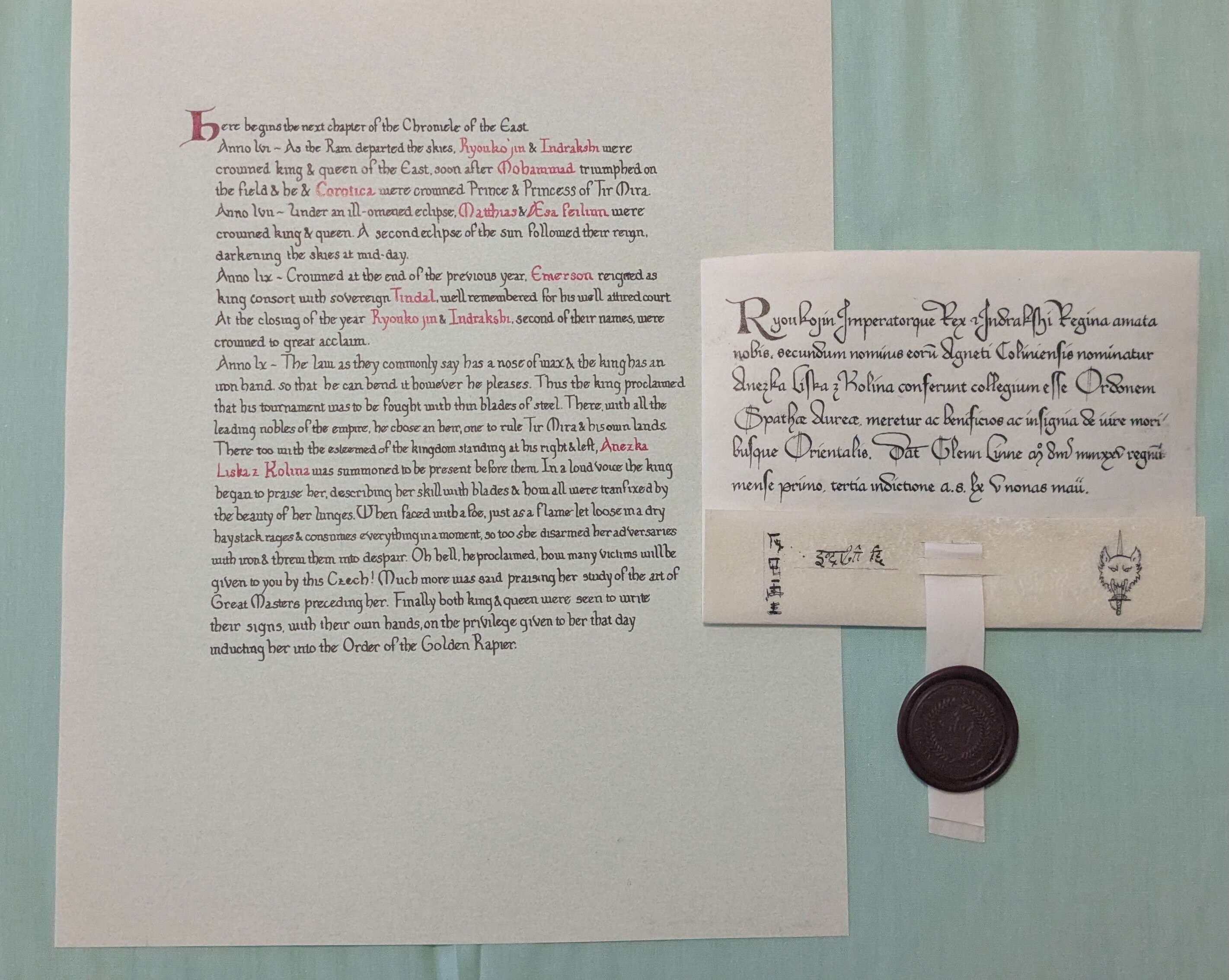
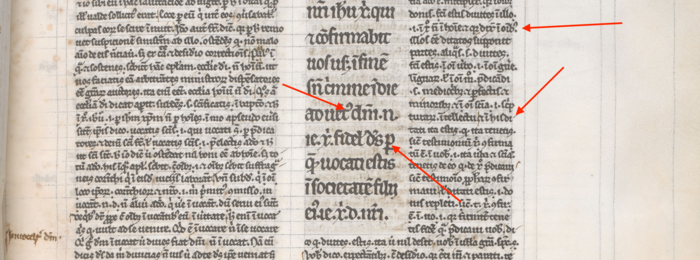
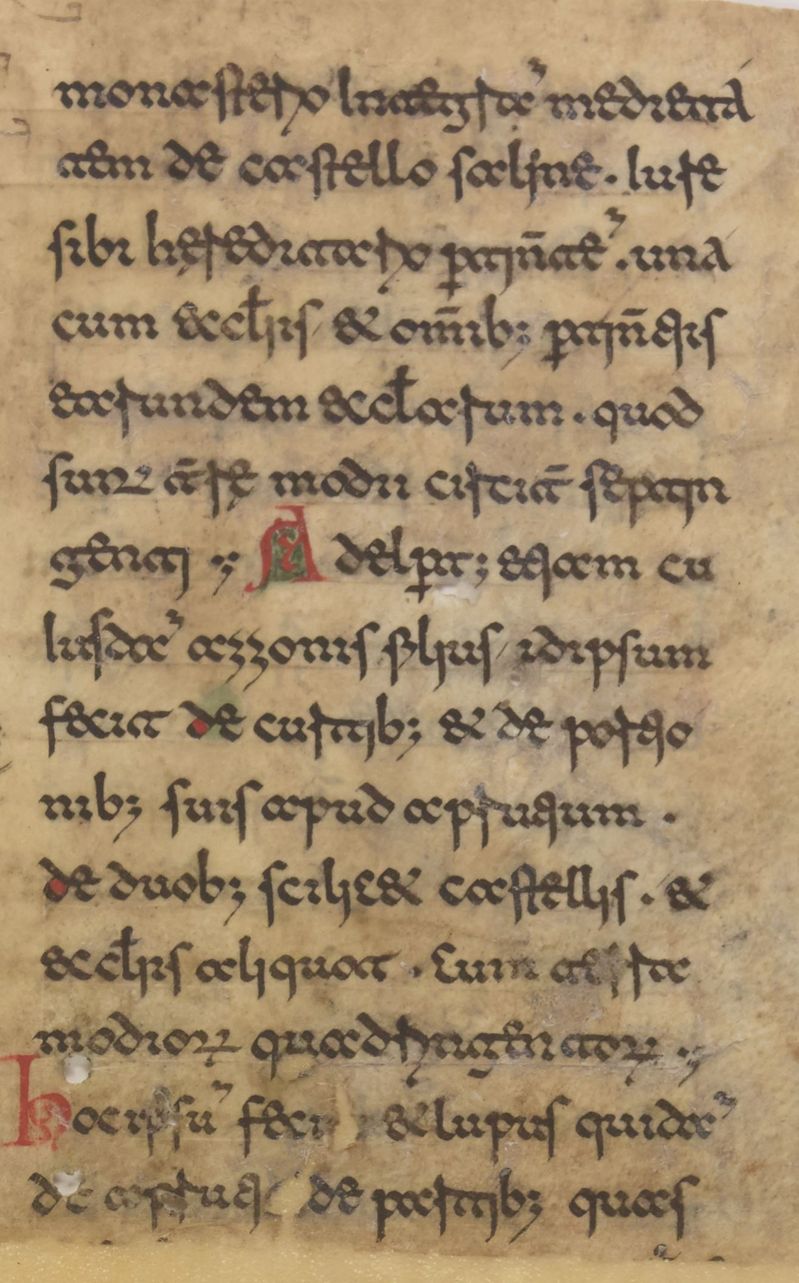
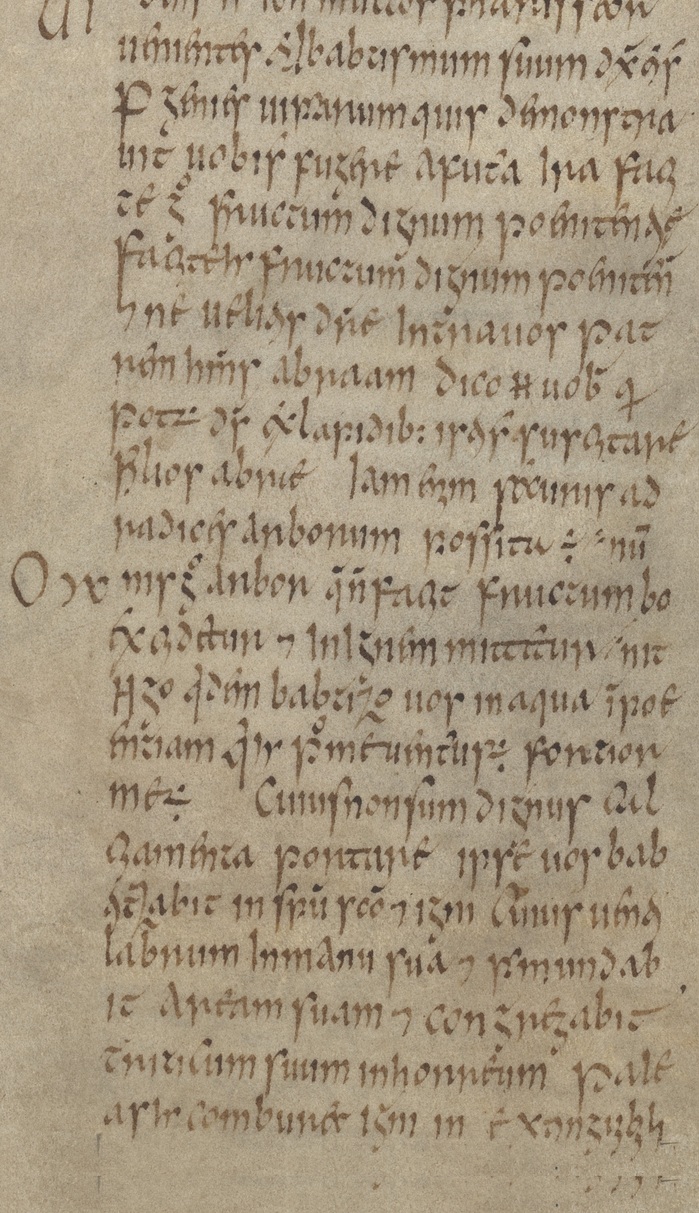
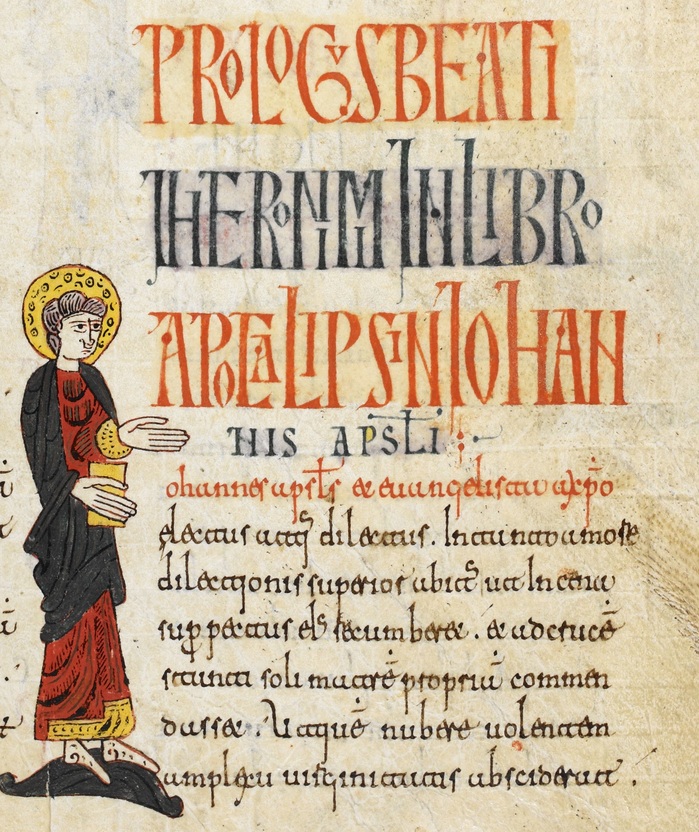










Recent Comments